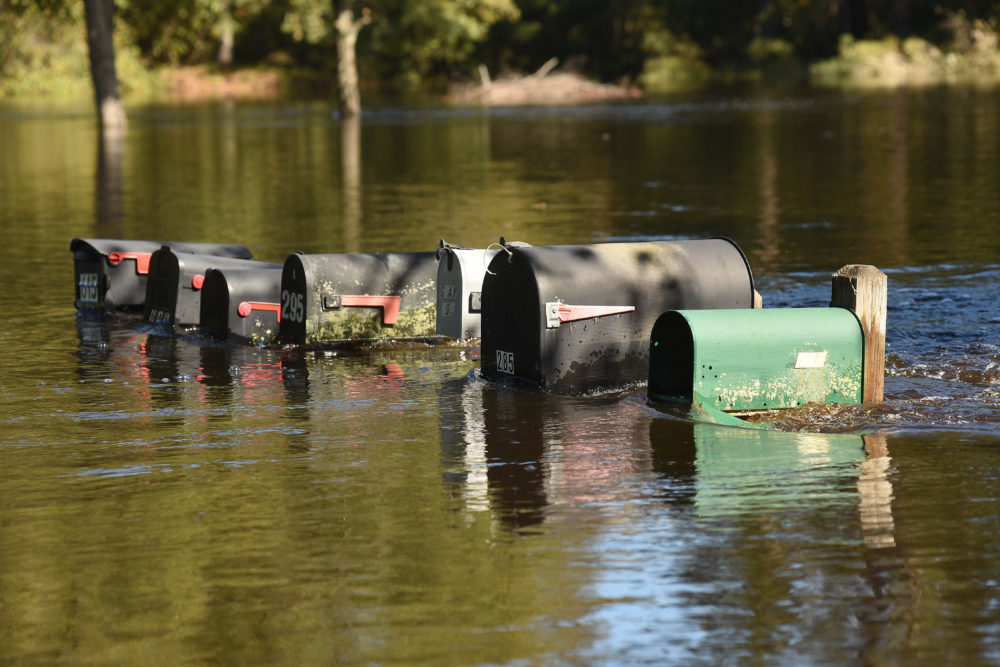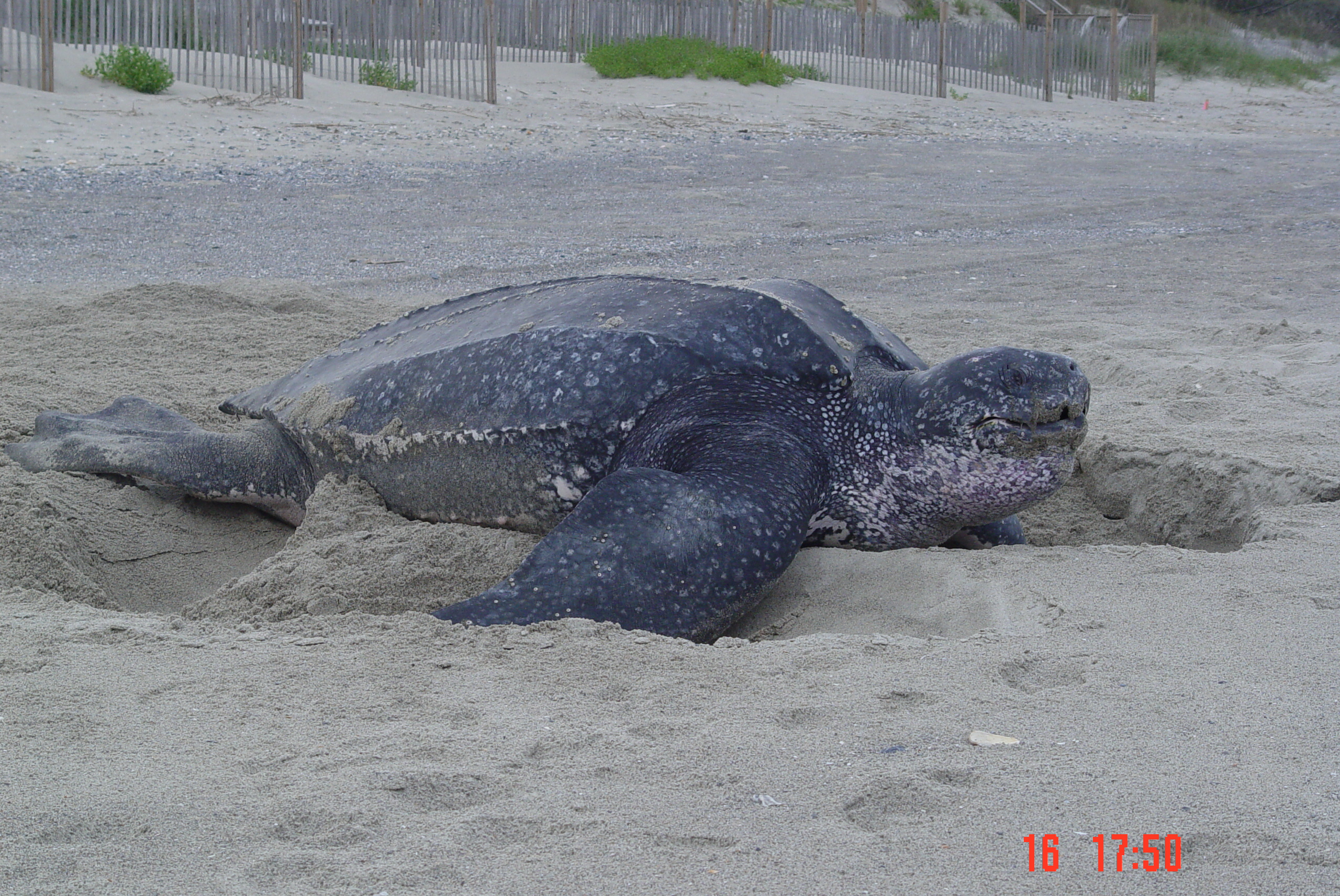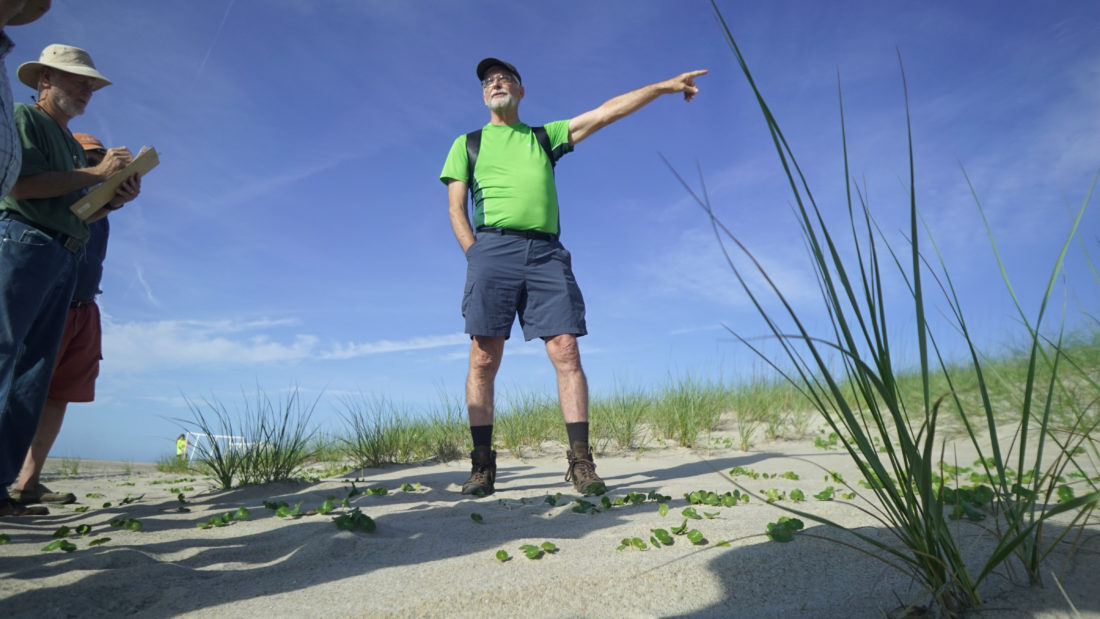Advancing Community Collaborations

Three new partnerships are growing, thanks to funding from the North Carolina Community Collaborative Research Grant Program, or CCRG. Topics include flood risks and emerging contaminants, as well as new tourism opportunities that capitalize on dark skies.
In its third year, the CCRG leverages support from the William R. Kenan Jr. Institute for Engineering, Technology and Science, or KIETS, at NC State University with funding from North Carolina Sea Grant.
“We are excited to continue to bring together new sets of researchers and community partners,” says Susan White, Sea Grant’s executive director.
Project teams include at least one science expert, as well as one local-knowledge expert. This partnership encourages creative problem solving for environmental issues and other challenges that N.C. communities face. The multidisciplinary program increases the likelihood that resource managers and industry leaders will accept recommendations, White explains.
Raj Narayan, KIETS associate director, notes that the projects address priorities of both programs.
“Projects selected for CCRG support in 2018 continue to connect and bring together experts from higher education institutions, local community stakeholders, businesses, nonprofits and government organizations to work collaboratively for the benefit of North Carolina — and to reflect the innovative and impactful partnerships and collaborations enabled and leveraged through the CCRG program,” he says.
FOCUSING ON FLOOD RISK
Joanne N. Halls of the University of North Carolina Wilmington; with Wesley MacLeod of Cape Fear Council of Governments; and Pat O’Mahony of Pender County
“Residents of Pender County are no strangers to the impacts of flooding, especially in and around our most susceptible areas,” says Pat O’Mahony, senior planner with Pender County Planning and Community Development.
“This study serves as an opportunity to understand how environmental changes may impact current and future residents in a rapidly growing area that is vulnerable to flooding and poor drainage, while providing a framework for future planning efforts.”
Pender County is one of many coastal communities that traditionally has relied on wetlands to mitigate some flooding effects. The “Assessment of Flood Risk and Simulations of Wetland Change in Pender County, N.C.” project will look at how flooding affects freshwater and saltwater wetlands.
Joanne Halls, of the UNCW Department of Earth and Ocean Sciences, says she and graduate student Jessica Magolan are excited to work with the Cape Fear Council of Governments and Pender County. “Through this collaborative effort we will use a variety of existing geospatial data, expert knowledge and simulations to identify flood risk,” says Halls, who also directs the UNCW Spatial Analysis Lab.
ASSESSING CONTAMINANTS

Scott M. Belcher and Theresa Guillette of NC State University; with Madi Polera and Kemp Burdette, both of Cape Fear River Watch
The research team working on “Assessment of Novel and Legacy Poly- and Perfluorinated Alkyl Substances (PFASs) in Alligator and Fish of the Cape Fear River” hopes to gain insight into these chemicals and their effects on the river’s wildlife and ecosystem.
Levels of PFASs in American alligators, catfish and striped bass will be compared with findings from separate ongoing studies investigating the potential human health effects of a PFAS known as GenX on New Hanover County residents. In collaboration with Cape Fear River Watch, the research team will share their results with the public and with regulators to inform discussions and decisions about risks of exposure.
In light of public concern that consuming fish from the Cape Fear River may increase the PFASs exposure and negative health effects, the team anticipates their findings may provide information to guide recommendations for fish consumption.
“We have brought together a unique team of researchers and community partners to tackle the difficult issue of how emerging contaminates of concern may be influencing life surrounding the Cape Fear River,” says Scott Belcher, an NC State toxicologist.
“Understanding the levels of PFASs present in a variety of species will be the first step in addressing whether this class of pollutants is causing harm and then communicating the nature of any threat these exposures may pose.”
TOURING THE NIGHTSCAPE

Stanley Riggs and Karen Clough of North Carolina Land of Water; with Brian Baker and Emily Jarvis of A Time for Science
The Outer Albemarle Peninsula has unique nightscape resources. These striking nocturnal environments could be among the darkest skies within contiguous public lands along the Atlantic coast between Boston and Miami, according to the team taking on “Nightscape Resources of a Sustainable Ecotourism Trail System on the Outer Albemarle Peninsula: Tyrrell, Washington and Mainland Hyde-Dare Counties, N.C.”
The team will evaluate the natural resources of the nocturnal environment and night sky. They also will evaluate existing light pollution and determine ways to minimize its impact. Project results will be key data for developing potential nightscape ecotourism programs in coordination with sustainable programs in the region.
Educational workshops also will be developed for K-12 teachers and students, along with the public. This project has additional funding support from North Carolina Space Grant.
This article was published in the Summer 2018 issue of Coastwatch.
- Categories:


